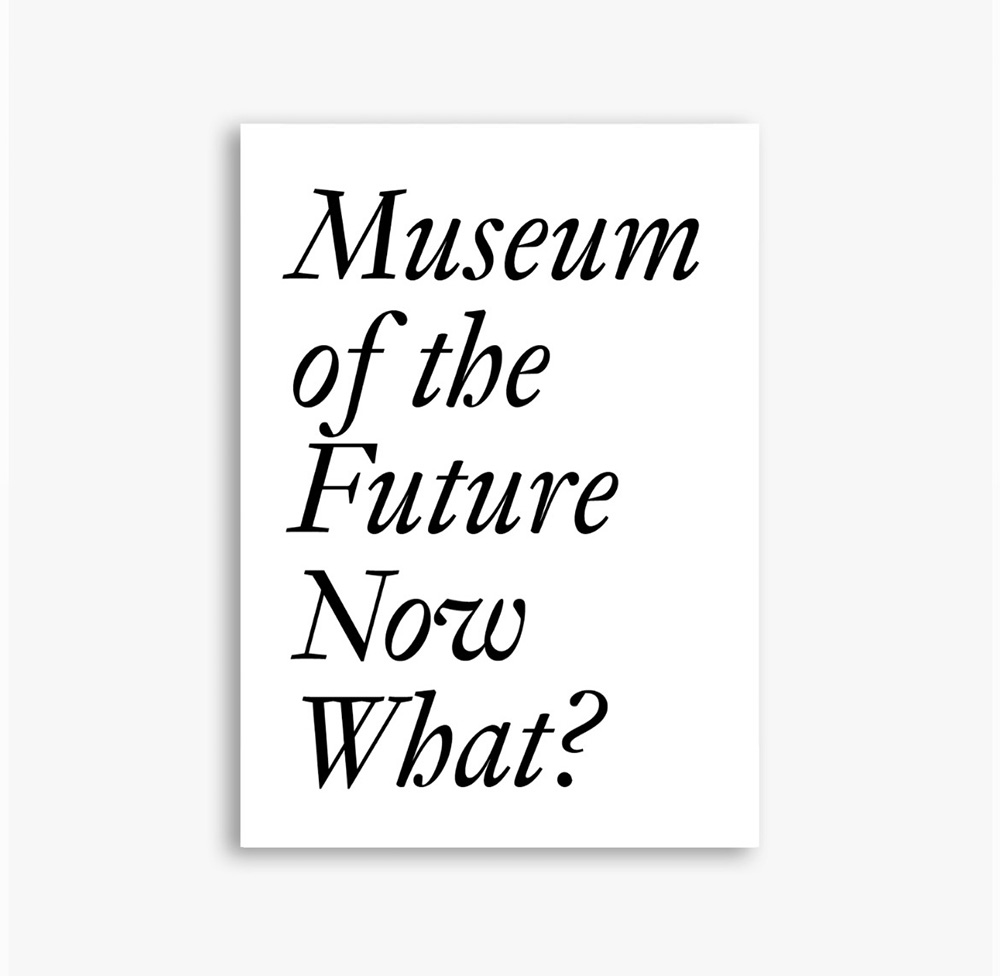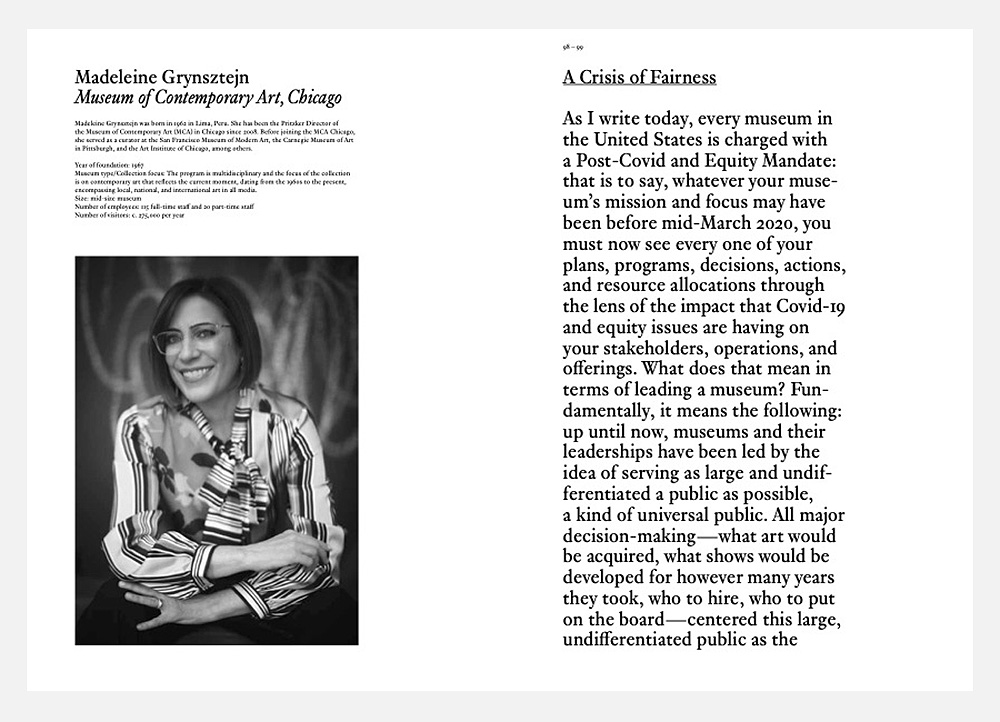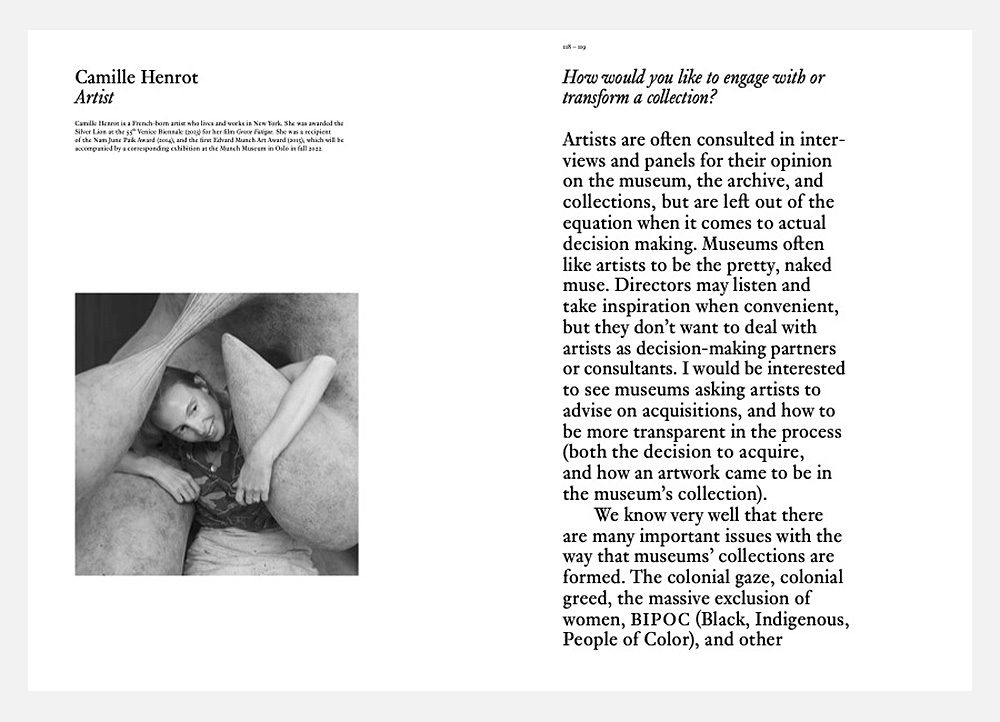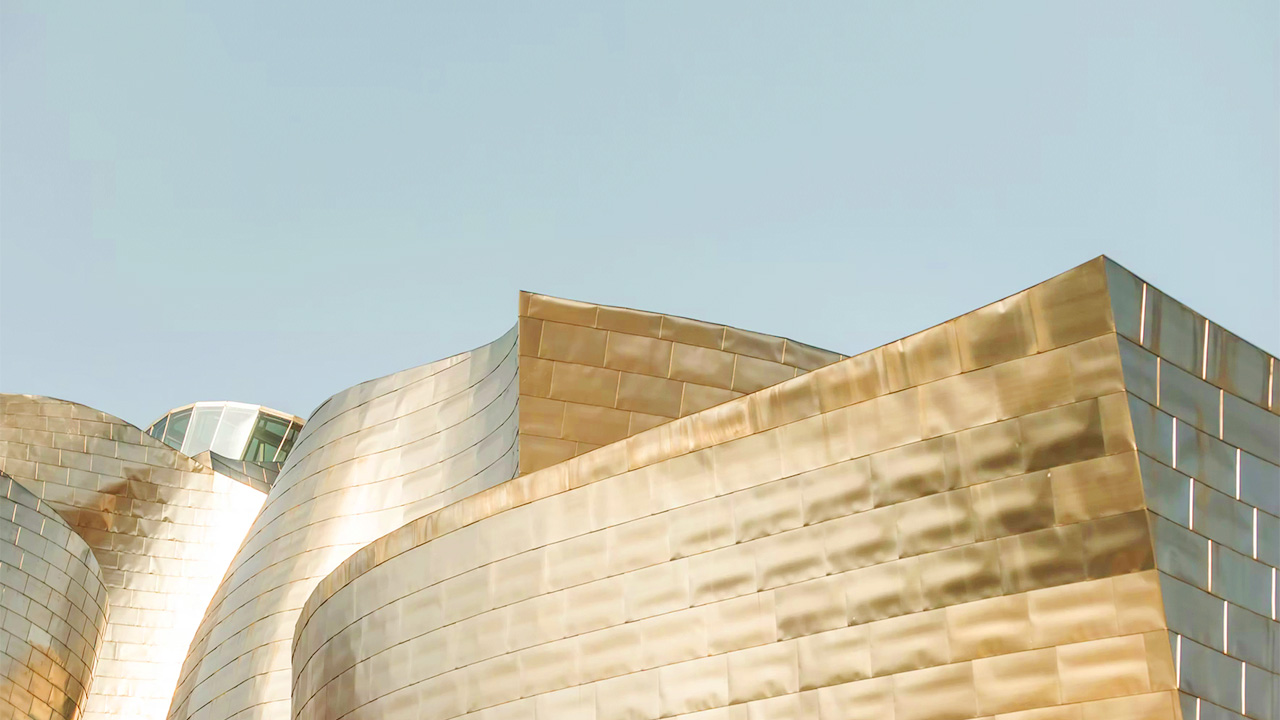Since 2014, Cristina Bechtler and Dora Imhof have been asking questions of the global arts and museums sectors — expansive, probing ones that aim to illuminate museological thinking. What art should museums collect? How do artists relate to the institution? And how can museums play a larger, ongoing role in their community and society? With the answers they’ve received, the Zurich-based duo has compiled a series of books that dare to lead with the heading, Museum of the Future.
As well they should. In 2014’s Museum of the Future and 2018’s The Private Museum of the Future are gathered reflections and insights — from cultural practitioners including curators Beatrix Ruf and Ute Meta Bauer, creators Rem Koolhaas and John Baldessari, and museum directors Michael Govan and Suzanne Cotter — offering cues to tomorrow’s museum moves.
Towards the end of 2021, Bechtler, a collector and publisher, and Imhof, an art historian and critic, unveiled their latest volume, Museum of the Future: Now What? In it, the pair home in on historic, encyclopedic museums, directing their questionnaire at artists and museum professionals — including Manuel Rabaté of the Louvre Abu Dhabi, Richard Armstrong of the Guggenheim, and Eugene Tan of the National Gallery Singapore — at a juncture of profound cultural change.

Museum of the Future: Now What? is the third in a series of books by Bechtler and Imhof that also includes 2014’s Museum of the Future and 2018’s The Private Museum of the Future. Image: JRP Editions
In addition to the disruption wrought by the pandemic, the museums of today have been taken to task on issues ranging from sustainability to restitution to the narrowness of the existing art canon. And as the responses in the book show, museums grasp the urgency of the moment. “Turning the spotlight on what’s there but isn’t seen is part of the mission of art,” noted Susanne Pfeffer, Director of Frankfurt’s Museum of Modern Art, in her interview, “and therefore of the mission of any museum.”
In conversation with Jing Culture & Commerce, Bechtler and Imhof share key learnings from their latest future-gazing book.
In putting together Museum of the Future: Now What? were there any key themes that stood out to you in the responses you received?
Imhof: All themes are urgent here and I think there was a lot of consensus on many questions. Some years ago, maybe some questions were relevant only for a few museums globally, like questions of diversity, inclusiveness, and expanding the canon. Sometimes the answers are quite similar, but it’s significant when a museum or curator or director has a different point of view. For instance, as far as I can remember, the Hermitage’s director had a bit of a different view and said, “No, we don’t have to change or rewrite the canon; it’s a perfect standard.” Museum directors and curators are in constant discussion about exactly these questions.


Responses from Madeleine Grynsztejn of the Museum of Contemporary Art, Chicago (above) and artist Camille Henrot (below). Images: JRP Editions
Have you seen any movement on museums’ parts with regards to these issues such as inclusivity and expanding the art canon?
Bechtler: These are not new themes, but they have become a new actuality. Inclusiveness is a bit of a different theme, but restitution, for example, has always been very much a theme. So I think that transition in these museums is slowly taking place, though now, we have a higher degree change in many things.
Imhof: I think Camille Henrot put it quite nicely in the book: artists that are not part of museum boards are now consulted and asked to be involved. To involve artists and to involve different groups of the public — I think that is being done or is starting to be done more.
How do you see the pandemic’s impact on museums?
Imhof: There were many changes in the beginning. Many museums, when they had to close down, tried to experiment with virtual formats and really soon, people got tired of that a bit and began to long to go back to the real space of the museum. So I think it showed, for one thing, the limits of certain formats, but of course, it shows also the possibility of other formats as well. That’s one thing that was positive, but of course, it’s hard to say at this moment how this will influence future developments.
Having put together three books on the subject, do you have a personal vision of a museum of the future?
Imhof: I don’t think that you can generalize like what the ideal museum of the future would be. One thing we learned is that museums are very much local. They are related to the place that they [are based in] and the public that is there, so you have to look at what their specific locations might require.



